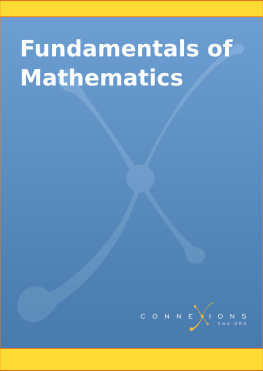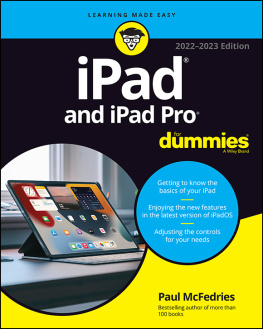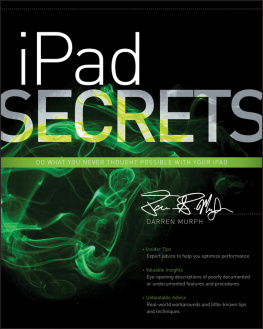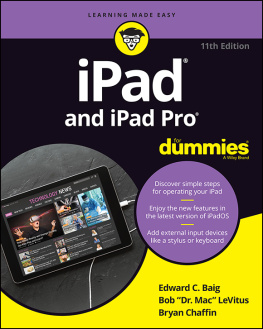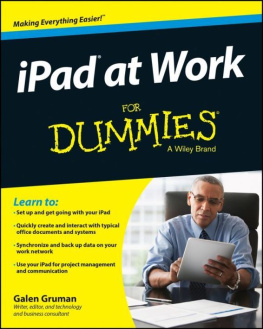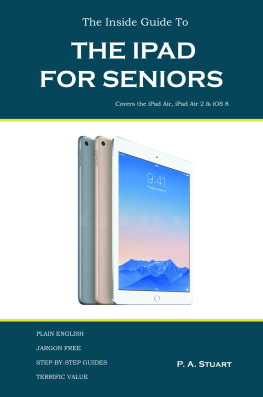Fundamentals of Mathematics
By: Denny Burzynski and Wade Ellis
Online:
This selection and arrangement of content as a collection is copyrighted by Denny Burzynski and Wade Ellis .
It is licensed under the Creative Commons Attribution License: http://creativecommons.org/licenses/by/2.0/
Collection structure revised: 2010/08/18
For copyright and attribution information for the modules contained in this collection, see the "" section at the end of the collection.
Preface
To the next generation of explorers: Kristi, BreAnne, Lindsey, Randi, Piper, Meghan, Wyatt, Lara, Mason, and Sheanna.
Fundamentals of Mathematics is a work text that covers the traditional topics studied in a modern prealgebra course, as well as the topics of estimation, elementary analytic geometry, and introductory algebra. It is intended for students who
- have had a previous course in prealgebra,
- wish to meet the prerequisite of a higher level course such as elementary algebra, and
- need to review fundamental mathematical concepts and techniques.
This text will help the student develop the insight and intuition necessary to master arithmetic techniques and manipulative skills. It was written with the following main objectives:
- to provide the student with an understandable and usable source of information,
- to provide the student with the maximum opportunity to see that arithmetic concepts and techniques are logically based,
- to instill in the student the understanding and intuitive skills necessary to know how and when to use particular arithmetic concepts in subsequent material, courses, and nonclassroom situations, and
- to give the student the ability to correctly interpret arithmetically obtained results. (See the development of the concept of addition and subtraction of fractions in , for example.) Intuition and understanding are some of the keys to creative thinking; we believe that the material presented in this text will help the student realize that mathematics is a creative subject. (See the development of the concept of addition and subtraction of fractions in , for example.) Intuition and understanding are some of the keys to creative thinking; we believe that the material presented in this text will help the student realize that mathematics is a creative subject.
This text can be used in standard lecture or self-paced classes. To help meet our objectives and to make the study of prealgebra a pleasant and rewarding experience, Fundamentals of Mathematics is organized as follows.
1. Pedagogical Features
The work text format gives the student space to practice mathematical skills with ready reference to sample problems. The chapters are divided into sections, and each section is a complete treatment of a particular topic, which includes the following features:
The chapters begin with .
Objectives
Each chapter begins with a set of objectives identifying the material to be covered.
Each section begins with an overview that repeats the objectives for that particular section. Sections are divided into subsections that correspond to the section objectives, which makes for easier reading.
Sample Sets
Fundamentals of Mathematics contains examples that are set off in boxes for easy reference. The examples are referred to as Sample Sets for two reasons:
- They serve as a representation to be imitated, which we believe will foster understanding of mathematical concepts and provide experience with mathematical techniques.

